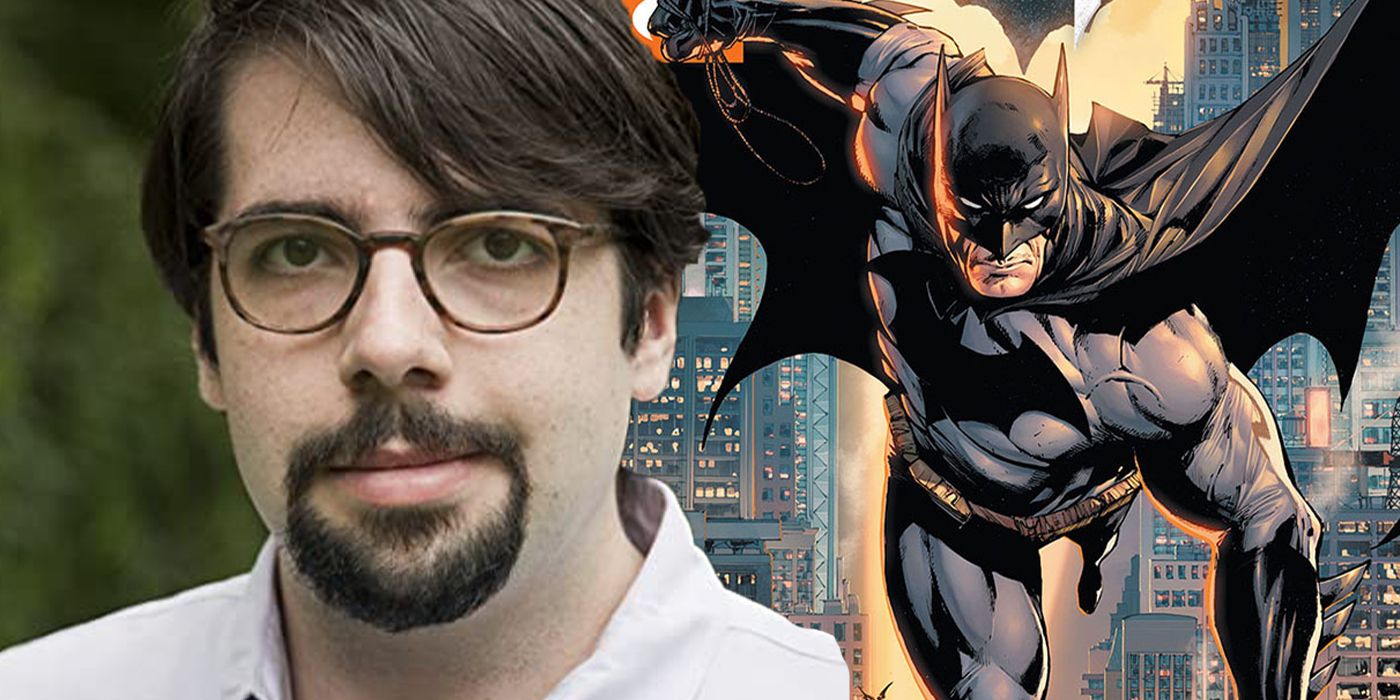Major creators from the comics industry like Skottie Young, James Tynion IV, and Molly Knox Ostertag have announced that they will be publishing on Substack. In some cases, these authors are quitting lucrative, name-brand writing and art gigs with publishers like Marvel and DC to pursue this deal with Substack. But what is Substack - and how did it become the latest digital comics publishing venture?
Substack describes itself as a way to "make it simple for writers to start a subscription publication." In other words, when it began four years ago, it was strictly for newsletters. Substack provided an easy way for writers and creators to put their work straight into the inbox of their readers. Substack's newsletters are subscription-based, meaning that if a reader has decided they want to receive a writer's content, that reader is paying for the privilege of that content appearing in their inbox. While it is free for publishers and writers to use the service, Substack makes its money by taking 10% from the subscription fee writers charge those who receive their emails. It's a bit like Patreon, in that subscribers are able to pay creators directly for more of the content that they enjoy. Subscription seems to be the way of the future, with more than one billion subscribers to various streaming services - it's only natural that creator-owned comics would follow suit.
On August 9 2021, James Tynion IV announced on Twitter that he was leaving his Batman writing gig and moving onto Substack to exclusively produce content. Several other major names in the industry followed suit, announcing exclusive projects with the newsletter publisher. In the publisher's announcement, Substack stated that the creators who joined them would be supported by the "Substack Pro" package and included "upfront grants, design and editing services of the creators’ choosing that Substack subsidizes, and monthly stipends to help out with the costs of health insurance," as well as "access to services, support, and community." Substack explained that its goal was to get rid of the risks of starting a publishing business and it would allow writers to experiment with form and art without having a publisher middle-man. Tynion's announcement summed up the benefits of working with this new form of publisher well:"There is nobody you need to get permission from to do what you want to do. Make the books you most want to make, the books you think should exist, the ones that it has driven you crazy that nobody is making. Make them yourself. Produce works by people whose work you absolutely love. Will them into the world."
Removing the normal trappings of publication and providing artists with a direct-to-consumer pipeline seems to be the bread and butter of what Substack was originally created for. It's a natural marriage for Substack to reach out to well-known creators who are working with larger publishing houses and see if they would be willing to jump ship to this new venture. No doubt there are thousands of creative ideas in the minds of these creators! These writers are now financially able to pursue new ventures without the trappings of a corporate style guide like one would see at Marvel or DC. Furthermore, unlike the work-for-hire setup at the major publishing houses (which, according to Ed Brubaker, can come with its own set of problems), it's possible that the creators would retain their rights to their creator-owned works.
Substack also removes some of the complexities of doing a creator-owned work. A creator-owned comic can succeed if the author has fanbase behind them (like James Tynion IV's ongoing horror comic, published through DC); however, it takes time to build that fanbase. Substack seems to allow creators to still make money off of the fans they already have without having to prove to a publisher that their comic will sell. Only time will tell how Substack's experiment will fare, but with the kind of minds it has invited to be part of its pilot program, there's no doubt that the content they produce will be great.

